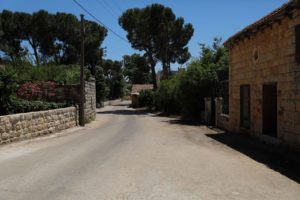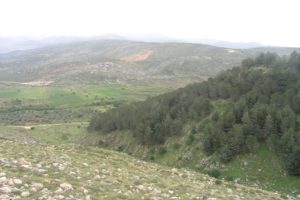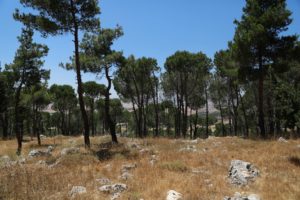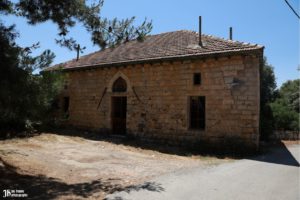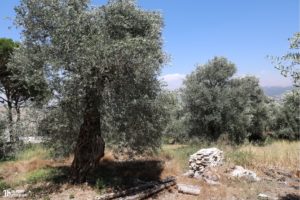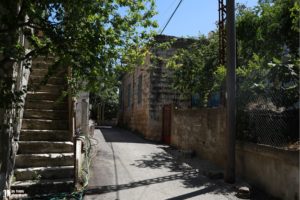CAZA:
Marjeyoun 760m
760m Etymology:
Syriac origin, "Ebal", meaning "to cry", in reference to the wet or fertile land; the term is used in Arabic "Saqi", meaning "to water"Located in the heart of an exceptional nature, between Hasbaya and Marjeyoun, the small village of Ebl el-Saqi reflects all the bucolic sweetness of the south and prides itself on its thousand-year-old olive trees. It enjoys panoramic views of the plain of Marjeyoun and Mount Hermon and includes a nature reserve, Hima, which is home to globally threatened species and serves as habitat for migratory birds. Scattered here and there, archaeological sites, dating in particular from Roman times, testify to the rich and complex history of the region.
Must-do things
- Mar Jeryes church
- The protestant church built in 1938
- The remains of a 16th century house
- The old stone peasant houses
- A nature reserve (Hima) that is an important habitat for migratory birds
- Olive groves all around the village
- A pine forest at the top of the village
- The Hasbani River and the diverse water sources
- The Norwegian Ethnographic Museum and Ghandi Park
- The various walks and hikes planned as part of the nature reserve
- Beaufort castle (Qalaat el-Chqif), an old castle from the time of the Crusades, located above the Litani river and Mount Amel
- The Crusader citadel of Tebnine founded in 1104 by Hugues Saint-Omer
- The great village of Hasbaya, cradle of the Chehab dynasty, and its citadel
- Several surrounding Roman temples, including Ain-Horcheh and el-Hebarrieh
- The labelled villages of Deir Mimas and Marjeyoun

